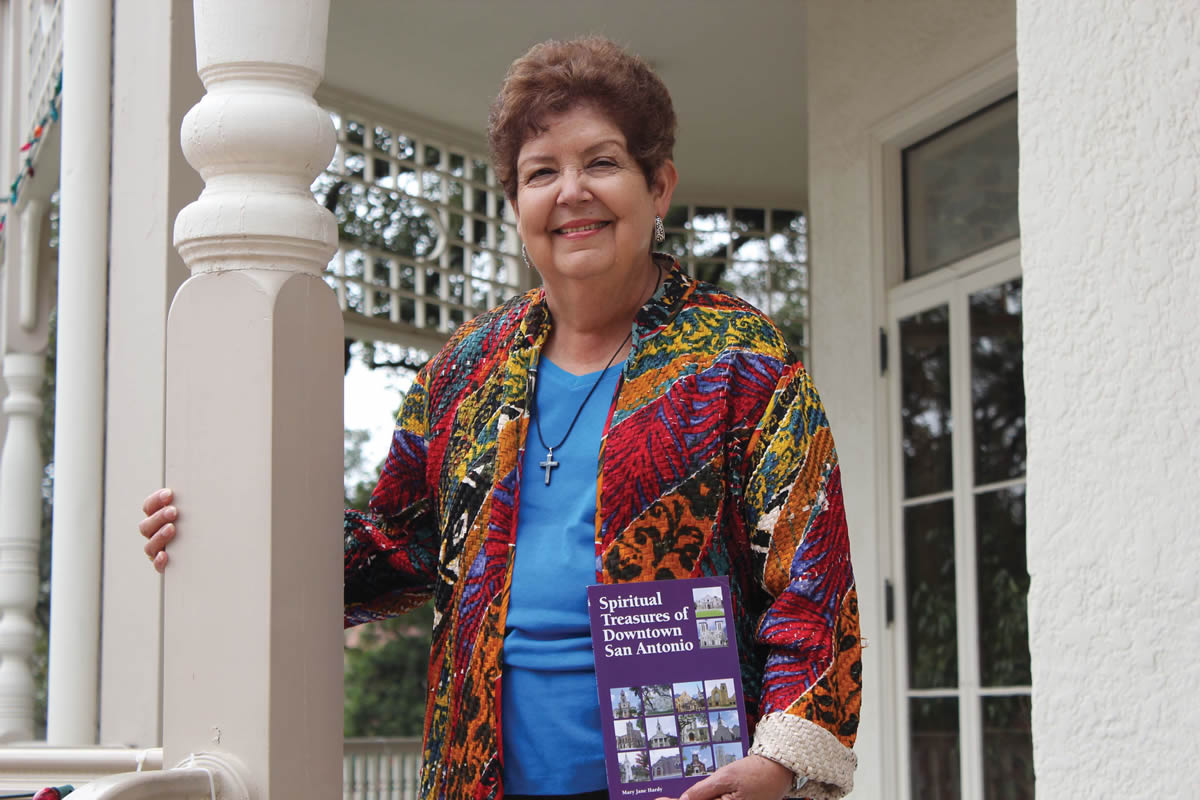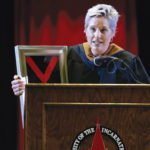By Phil Youngblood,
UIW Computer Information Systems
Where would you travel if you could visit anywhere in the world? Would you attend a Shakespearean play at the Globe Theater in England or a ballet in Russia? How about a visit to the Louvre Museum in France? What about scuba diving on a barrier reef or a stroll along the Great Wall of China?
You can do all these things and more. Right now. For free. On campus, at home or at work, in the 3-D virtual world of Second Life.
So what is Second Life? It is a nongame, 3-D, multi-user, virtual environment. Everything in Second Life is entirely imagined and created by users, called residents. All residents create an avatar, or a computer representation of themselves, to move through Second Life. At any given time, there about 80,000 people online, and in December, there were about 765,000 unique users who logged in that month.
More than an entertainment outlet, Second Life can be a vehicle for education. There are more than 200 educational institutions represented in this virtual world. Though the university’s presence in Second Life is relatively new, I and other UIW professors already have harnessed the potential for distance learning and are presenting new, creative options for students in classes given through this virtual world.
UIW established its virtual presence in Second Life with the creation of UIW Cardinal Island in December 2008. Visitors will recognize many of the elements of the physical UIW campus, but there are surprising differences. Upon arriving at the Marjorie Jordan Carillon Plaza, visitors can enjoy the tranquil sounds of a waterfall cascading down the mountains behind the plaza. As they walk (or even fly) around the virtual campus, they will discover the Administration Building, the Mabee Library, Bonilla Science Hall, Gorman Business and Education Center, the McDermott Convocation Center and other UIW landmarks. Near the mountain’s top are a virtual Lourdes Grotto and a spring, the source of the waterfall.
Part of the UIW site consists of Student Island, which features a student-created building used for display of class projects and collaborations with other universities. Chapel Island stands prominently in the center of the UIW site and features a student-designed chapel.
In Second Life, the possibilities are endless. You can visit a virtual, life-sized Sistine Chapel or Eiffel Tower, and you can also visit the Roman Empire and Stonehenge as they appeared thousands of years ago. Consider how much better students could understand the complexities of a human cell by swimming around inside one. Or discover patterns in a 3-D graph, or a protein, or the solar system, by viewing it from all angles, inside and out.
UIW is using this aspect of Second Life to take advantage of the educational opportunities it can provide.
The virtual world adds an extra, more personal element to online classes. It also is able to instantly bring together students from around the world to one class, something a traditional classroom cannot accomplish.
Second Life enables students to evaluate each other’s work in real time and provide immediate feedback. For example, during our first class, I taught students how to make objects in Second Life. Students in the U.S., France and Mexico were able to examine the objects and provide feedback in conversation and visually.
While this type of interaction can be accomplished in the traditional classroom, it cannot include those who are not physically present. Online classes can include students from remote locations, but cannot provide this type of interaction.
Thus, the benefit of Second Life is twofold.
The tenet of innovation is clear at UIW, as it has readily adopted and adapted other technologies in innovative ways and will be well positioned to apply these immersive 3-D technologies to enrich our teaching and learning environments.
Imagine the possibilities!
![]() Click here for a map of Cardinal Island
Click here for a map of Cardinal Island
YouTube presentation on Cardinal Island:












I am proud to be a CIS Major. This is really a great way to represent UIW!!!!